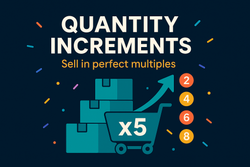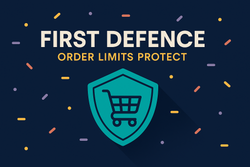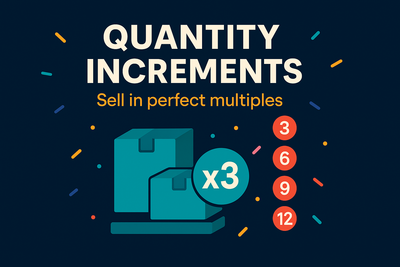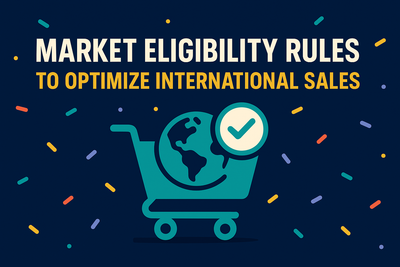You've mastered the individual building blocks: quantity, price, products, weight, frequency, location, and customer tags. Now, it's time to combine them. The true power of a sophisticated order limits app like DC Cart + Order Limits emerges when you chain multiple rules and conditions to create logic that perfectly aligns with your store's needs.
Crafting Nuanced Logic with Conditional Rules
Think of it like setting up conditional logic: If a customer meets certain criteria, then apply these specific limits.
Example 1: Tiered Quantity Limits Based on Cart Value
Encourage larger orders with rules like:
- Rule Group 1 (Default): Target: Entire Cart. Limit: Max Quantity = 5. (Applies to everyone by default).
- Rule Group 2 (Higher Value Carts): Condition: Cart Total Price >= $100. Limit: Max Quantity = 10. (Overrides the default for carts over $100).
This setup allows anyone to buy up to 5 items but incentivizes spending over $100 by unlocking a higher quantity limit.
Example 2: Wholesale Pricing Requires Minimum Weight & Tag
Protect your wholesale channel with:
- Rule Group (Wholesale): Condition 1: Customer Tag is "Wholesale". Condition 2: Cart Total Weight >= 10kg. Limit: Min Price = $250.
This ensures only tagged wholesale customers ordering a substantial amount (by weight) can proceed, and they must meet a minimum order value.
Example 3: Limited Drop with Frequency Cap & Location Filter
Control a limited item launch in Canada with:
- Rule Group (Canada Drop): Condition 1: Customer Location is Canada. Target: Product (Select your limited item). Limit 1: Max Quantity = 1. Limit 2: Max Frequency = 1 per Customer per Week.
This precisely controls the launch: only Canadian customers can buy the item, only one per person, and only one purchase attempt per week.
Building Your Own Playbook
The possibilities are vast. Consider:
- Combining min/max price with weight limits for complex shipping tiers.
- Using negative conditions (e.g., Tag IS NOT X) to exclude groups from certain limits.
- Layering multiple Rule Groups that build on each other.
Start by mapping out your ideal customer journey and identifying potential friction points or abuse vectors. Then, use the combination of limits and conditions to build your guardrails.This series has taken you from the basic "why" to the advanced "how" of order limits. By implementing these strategies, you can protect your store, improve customer experience, and gain fine-grained control over your sales. Ready to build your advanced playbook? Get DC Cart + Order Limits and start experimenting.










